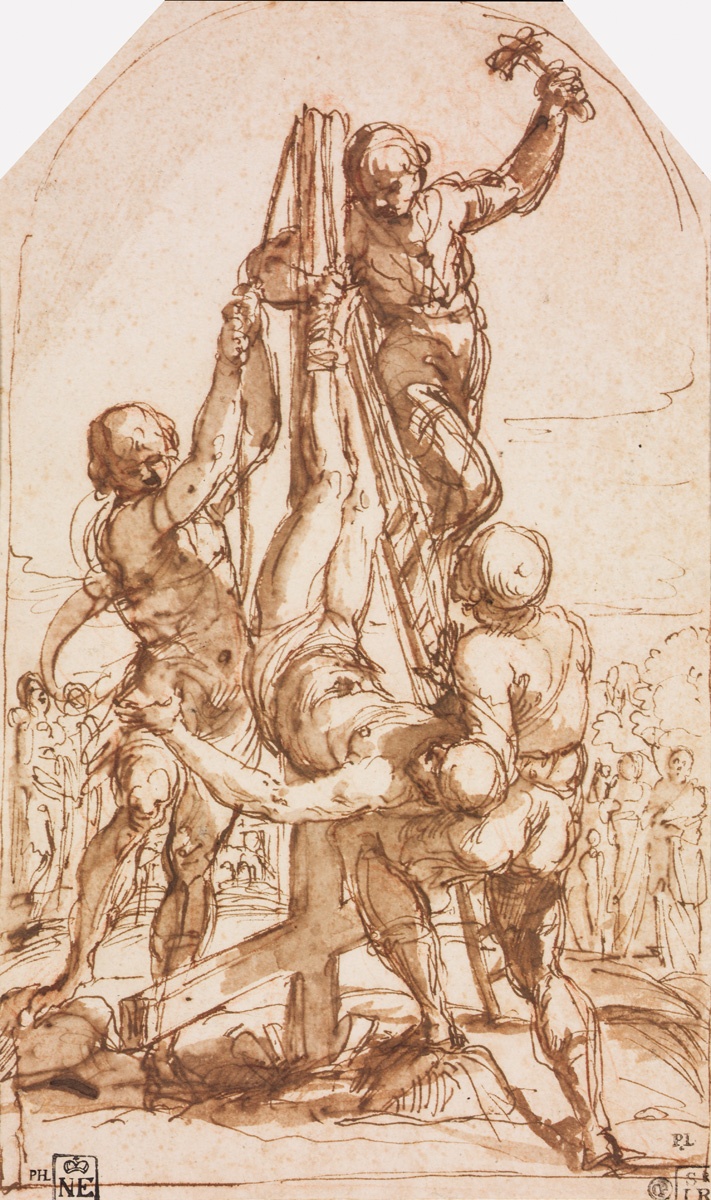In the final decades of the sixteenth century a bustling artistic life developed in Bologna. Denijs Calvaert was the first to open a workshop there, to be followed shortly by the academy of the Carracci brothers, goaded on by the Fleming’s success. The Carracci school, where the training centred on drawing from live models, soon enjoyed unparalleled popularity, and won over even Calvaert’s best pupils. Guido Reni was the most talented of them, and with time his fame exceeded even that of his masters. Like many of his contemporaries, the young Reni also tried his fortune in Rome, where he was taken under the wing of Giuseppe Cesari, the favourite painter of Pope Clement VIII. It may have been Cesari’s intercession that earned Reni the commission for the altarpiece of the church of San Paolo alle Tre Fontane in 1604. If contemporary gossip can be believed, Guido was a godsend to Cesari, enabling him to pluck the commission from the hand of his former apprentice and rival Caravaggio. The altarpiece representing the martyrdom of Saint Peter (now in the Pinacoteca Vaticana in Rome) reveals that Reni was truly at home in Caravaggio’s ’hunted and dark manner’. Yet the raw naturalism based on sharp contrasts of light and shadow is counterbalanced by elegance, classical harmony and the accurate anatomy gleaned in the Carracci academy. The only surviving sketch for the altarpiece is our exceptionally vigorous sheet, which however faithfully evokes the dramatic power of its Caravaggiesque realism.Zoltán Kárpáti
en

